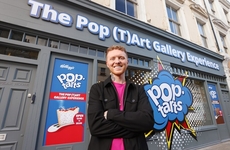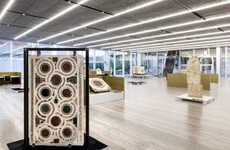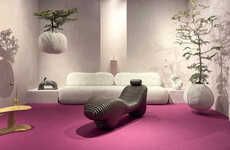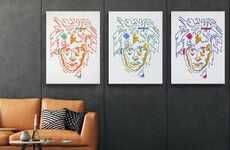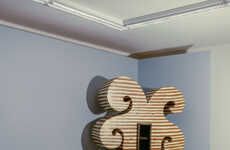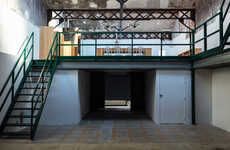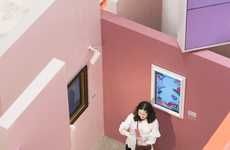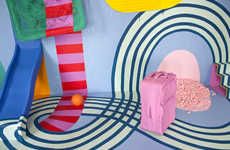
Garage Museum's New Exhibition Revives Andy Warhol's Studio
Kalin Ned — April 30, 2018 — Art & Design
References: garagemca.org & dezeen
An exhibit held at the Garage Museum in Moscow boasts a life-size authentic representation of Andy Warhol's studio from the 60s. The creative endeavor is a commentary on the anti-modernist manifesto, celebrating the first English translation of a text by Mikhail Lifshitz that took a stance against the 20th-century art movement. To help tell the story of 'The Crisis of Ugliness: From Cubism to Pop-Art,' curators Dmitry Gutov and David Riff recreated the artistic environment of the era by building a mock-up of Andy Warhol's studio, The Factory, and referencing notable creative minds like Roy Lichtenstein, Oleg Filatchev, Larisa Kirillova and more.
With the 'If Our Soup Can Could Speak: Mikhail Lifshitz and the Soviet Sixties' exhibit, the Garage Museum brings together two radically opposing views and gives the audience a chance to better understand the historic politics of art and culture.
Photo Credits: Yuri Palmin
With the 'If Our Soup Can Could Speak: Mikhail Lifshitz and the Soviet Sixties' exhibit, the Garage Museum brings together two radically opposing views and gives the audience a chance to better understand the historic politics of art and culture.
Photo Credits: Yuri Palmin
Trend Themes
1. Life-size Authentic Representations - The trend of creating life-size authentic representations of iconic spaces offers opportunities for immersive experiences and interactive storytelling.
2. Reviving Historic Environments - The trend of recreating historic environments allows for a deeper exploration and understanding of influential artistic movements and their impact on culture.
3. Combining Opposing Views - The trend of combining radically opposing views in exhibitions provides an opportunity for nuanced conversations and a deeper appreciation of historical contexts.
Industry Implications
1. Museum and Cultural Institutions - Museums and cultural institutions can leverage the trend of creating life-size authentic representations to offer visitors more engaging and immersive experiences.
2. Art and Design - The art and design industry can take advantage of the trend of reviving historic environments to inspire new creative directions and reinterpretations of past movements.
3. Education and Research - The education and research sector can utilize the trend of combining opposing views to foster critical thinking and deeper analysis of historical and cultural events.
2.6
Score
Popularity
Activity
Freshness


